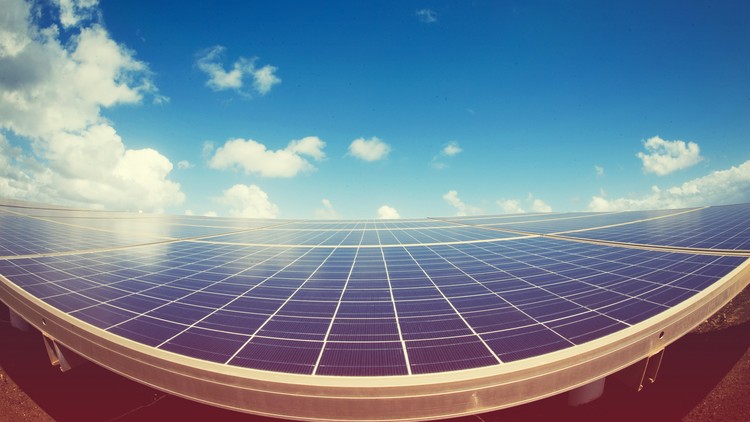
A introduction to solar power, solar equipment and financing from a seasoned professional and expert in the field.
What you will learn
Acquire a foundation and understanding of solar power
Understand the key components to solar power systems
Understand how solar systems are generally sized
Understand how utilities typically credit you for solar production
Understand the differences between Tier 1, Tier 2, and Tier 3 solar module manufacturers
Understand the difference between string, micro, and central inverters
Learn the basics of how to make smart solar decisions and how to protect yourself from making poor decisions regarding purchasing solar
Understand the key points to why solar makes sense
Description
This course will walk you through how solar power works, the different types of systems and equipment currently available in the market (in 2017, the time of this recording), and different purchasing and finance options.
This course is structured in a logical fashion as follows:
- The basics of solar power
- How solar power systems interact with the utilities
- How solar systems are sized (generally)
- Overview of solar equipment and differences between them and the manufacturers
- What financing options may be available and generally how they work
- Simple ways to protect yourself if entering the solar market as a consumer or for a career
There’s a lot of information generally available on the internet and very little is centralized and almost always geared towards selling you something. This course is a fairly objective overview of the topics mentioned above and designed to educate and empower those wanting to know more than what an average “introduction” to solar power provides.
This course is about 45 minutes total, although some sections may need to be reviewed more than once to get the full value from this course.
This course is designed to be cut-straight-to-the-point providing homeowners, business owners, new solar contractors and those looking for a career in solar enough information to provide a solid foundation in the area of solar power.
By the time this course is complete, you should feel ‘armed’ with enough information to:
- Speak intelligently about solar equipment and manufacturers
- Choose the right equipment for your application, or at least help guide the process
- Know your options for solar financing
- Be comfortable finding a solar contractor and
- Understand how to choose a good solar company to work for
Content